Geoscience Reference
In-Depth Information
Figure 10.11
An outline of earthquake
effects and damage
associated with the Modified
Mercalli and Richter scales of
earthquake intensity.
Source: After Bolt et al.(1975) and
Smith (1982)
Total structural
damage and ground
disturbance
XII
Most masonry structures
and underground services
destroyed. Landslips
XI
Well designed structures begin
to fail. Ground cracked, small
landslides and local flooding
X
STRUCTURAL DAMAGE
Foundations shift in masonry structures,
underground services start to fail.
IX
Slight damage to well-designed buildings.
Chimneys, pillars, monuments felled.
Minor soil displacement.
VIII
People run outdoors, well designed buildings
safe but poorly designed buildings
damaged.
VII
Social alarm, felt by all,slight structural
damage (chimneys, falling plaster)
VI
Felt by most; sleeping people
awakened. Unstable objects
overturned.
V
SENSORY EFFECTS
Begins to be felt and heard
outdoors; dishes move,
stationary cars rock.
Felt indoors and small
objects vibrate
or rattle.
IV
III
Felt by people at
rest, sensitive
objects
II
Scarcely
felt.
I
1
2
3
4
5
6
7
8
Richter Scale
Relative energy released
1
30
1,000
30,000
1million
in the subduction zone. This occurs either when conti-
nental plate actively overrides the descending plate and is
stretched by trench suction force, or by rifting as the
volcanic arc is elevated or when magma intruded into
the continental plate creates a thermal dome or
diapir
(
Figure 10.9
).
Occasionally the back-arc basin contains a
remnant arc, abandoned as the back arc spreads or where
subduction migrates
away
from an arc. Subsidence on
extension creates a basin which may flood, and most
volcanic arcs impound
marginal seas
on oceanic plate
between them and adjacent continents. North-west Pacific
arcs enclose six such marginal seas in a complex tectonic
zone. East of the Philippines there are two arcs, which
meet farther north, as
two
plates subduct beneath Japan
simultaneously, one stacked above the other (
Figure
Marginal arcs and continental collision
So far we have reviewed subduction in the oceanic plate
context. In the supercontinental cycle the eventual fate
of volcanic arc complexes is to migrate and accrete on to
continental plate. Oceanic subduction 'goes onshore'
beneath continental lithosphere in arc-continent con-
vergence. This is seen at various stages of completion
around the Pacific Ocean and explains its tectonic
asymmetry. Intra-oceanic arcs of the western ocean lie well
offshore from Asia, contrasting with continental-margin
orogens to the east. There the Pacific mid-ocean ridge and
its branches, defining the Cocos and Nazca oceanic plates,
are much nearer the American continental subduction
zone. Convex arc shapes can be seen in the coastlines of
British Columbia, Central America and Ecuador-Peru,
completing the Pacific Ring of Fire, with the trench a short









































































